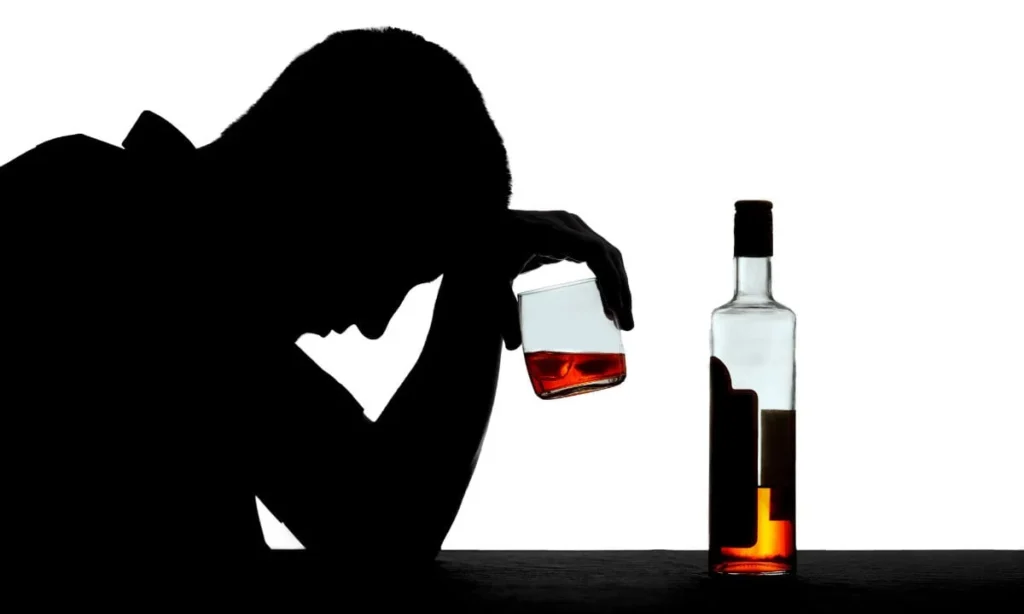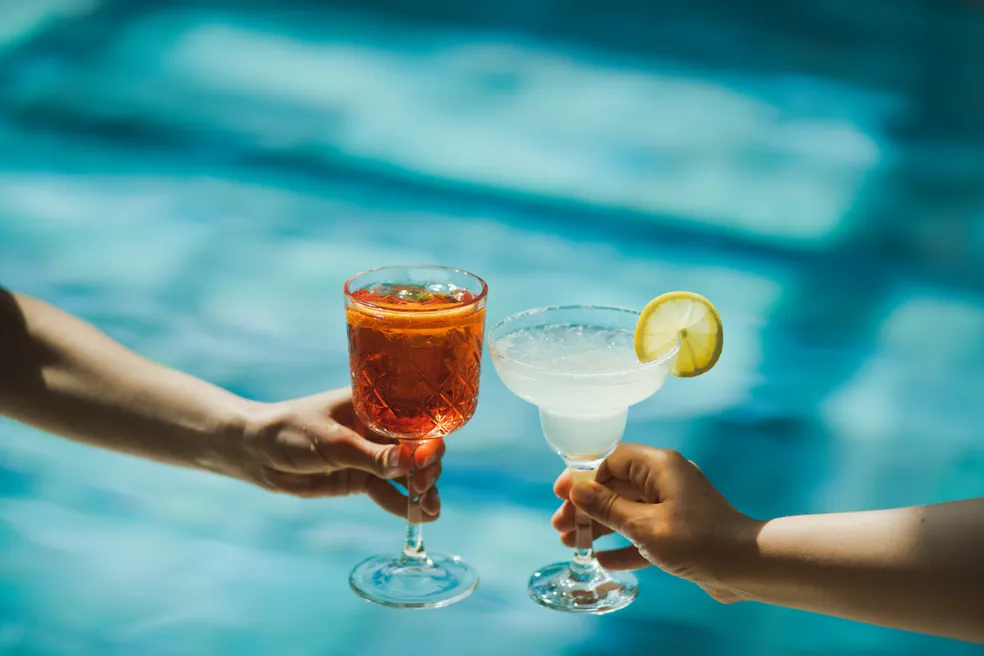Uncover the subtle pressures of alcohol culture that influence our choices. Learn how social norms shape drinking habits more than you realize.

The Hidden Pressures of Alcohol Culture: What No One Talks About
In many societies, alcohol is more than just a drink—it’s a symbol of celebration, relaxation, and social connection. Whether it’s toasting at a wedding, unwinding after a long day, or mingling at a party, alcohol is deeply embedded in cultural norms. But behind the clinking glasses and laughter, there lies an unspoken truth: subtle social pressures that influence drinking habits more than we realize.
These pressures are often so ingrained that they go unnoticed, shaping our decisions and behaviors subconsciously. Understanding the hidden forces behind alcohol culture can empower us to make more conscious choices, breaking free from societal expectations.
Alcohol Culture: A Global Perspective
Alcohol culture varies widely across the globe. In some countries, moderate drinking is part of daily life, while in others, binge drinking is a common social activity. Regardless of the setting, alcohol often signifies celebration, hospitality, or even status. This normalization can create an environment where choosing not to drink is met with curiosity, suspicion, or even ridicule.
The Social Glue: Why Alcohol is So Ubiquitous
Alcohol is often seen as a social lubricant, easing interactions and reducing inhibitions. It helps people feel more relaxed and connected, which reinforces its role in social gatherings. However, this expectation to drink to fit in can lead to unintended pressures.

The Subtle Pressures No One Notices
1. The Expectation to Conform
In many social circles, declining a drink can feel like going against the norm. Statements like “Come on, just one!” or “Don’t be boring!” are often meant playfully but carry an underlying pressure to conform. The fear of being labeled as antisocial or uptight can push individuals to drink, even when they don’t want to.
2. Social Identity and Belonging
For many, drinking is tied to identity and belonging. Whether it’s bonding over happy hour with coworkers or celebrating with friends, alcohol is often associated with inclusion. Not participating can create a sense of exclusion or make one feel like an outsider.
3. Gender Stereotypes and Drinking
Societal expectations also shape drinking behaviors based on gender. Men may feel pressured to drink more to prove their masculinity, while women may face judgments based on how much or little they drink. These stereotypes reinforce certain behaviors and contribute to the subtle pressures of alcohol culture.
The Impact of These Pressures
1. Normalization of Binge Drinking
Because heavy drinking is often normalized in social settings, it can be challenging to recognize unhealthy patterns. The line between social drinking and problematic behavior becomes blurred, increasing the risk of addiction and other health issues.
2. Mental Health Implications
The pressure to drink can also take a toll on mental health. Individuals may drink to cope with social anxiety or feel accepted, leading to a cycle of dependency and emotional distress.
3. Influence on Decision-Making
The desire to fit in can impair judgment, leading to risky behaviors such as drunk driving, unprotected sex, or other impulsive decisions that have long-term consequences.

Breaking Free from Social Pressures
1. Redefining Social Norms
Change begins with awareness. Recognizing the subtle pressures of alcohol culture is the first step in breaking free from them. Encouraging open conversations about drinking habits and respecting personal choices can help shift social norms.
2. Alternative Social Activities
Creating social experiences that don’t revolve around alcohol can help reduce pressure. Hosting events with non-alcoholic options or engaging in activities like hiking, game nights, or coffee meetups can offer fun alternatives.
3. Setting Personal Boundaries
Learning to confidently decline a drink without feeling the need to justify oneself is crucial. Practicing responses like, “I’m good, thanks,” or “I’m taking a break from drinking,” can empower individuals to stick to their choices without succumbing to peer pressure.
Changing the Narrative Around Alcohol
Breaking free from the pressures of alcohol culture requires changing the narrative. This includes:
- Destigmatizing sobriety: Making sobriety a socially acceptable choice.
- Promoting mindful drinking: Encouraging moderation without judgment.
- Challenging stereotypes: Breaking down gender norms related to drinking behavior.
Conclusion: Making Conscious Choices
The culture of alcohol is complex, influenced by societal norms, expectations, and stereotypes. By understanding the hidden pressures that shape our drinking habits, we can make more conscious decisions that align with our values and well-being.
Choosing not to drink, or to drink mindfully, doesn’t have to mean isolation or judgment. It’s about reclaiming autonomy and breaking free from cultural constraints. When we challenge the status quo and embrace diverse choices, we pave the way for a more inclusive and respectful social environment.
Next time you’re at a social gathering, remember: your choices are yours to make. Whether you raise a glass or choose to abstain, let it be a decision made out of personal desire—not societal pressure.
The Hidden Pressures of Alcohol Culture: What No One Talks About – https://youtu.be/eDOmD_03fO4?si=QKikqdErctJj4-SZ
The Pressure of Social Media and the Idealization of Happiness
https://www.bbc.com/worklife/article/20220920-why-gen-zers-are-growing-up-sober-curious



